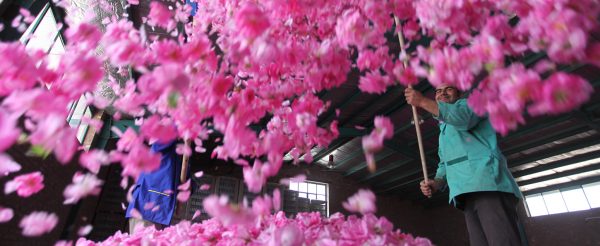Posted inPlaces to Visit
No Not Just The Battle, Haldighati Is also Known For Something Interesting!!!
Since childhood we have read about Haldighati, majorly in context with the Battle of Haldighati (Fought on 18 June 1576). In all the textbooks and every journal we read, it…
